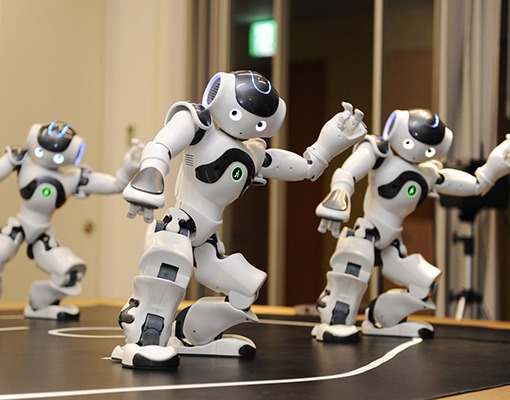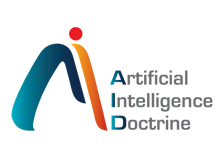
Digital Health
Empowering Physicians and Patients through telehealth solutions, immersive technologies, and AI-driven mental health services.
Transforming Healthcare and Education
The HealthTech sector is rapidly evolving with innovations like telemedicine, AI diagnostics, wearables, and EHRs. Valued at $262.63B in 2022, the digital health market is projected to hit $939.54B by 2032. Key trends include AI for personalized care, blockchain for secure data, and wearables for real-time monitoring. Telemedicine, expected to reach $298.9B by 2029, is expanding access, driving a shift to efficient, accessible, patient-focused healthcare.


TeleHealth
AI is transforming telehealth by boosting accuracy, efficiency, and access—especially in remote areas. Key innovations include AI-driven symptom checkers, imaging analysis, wearables for remote monitoring, and personalized treatment plans. AI also automates admin tasks like documentation and billing. While challenges like data privacy and bias remain, AI-powered telehealth is paving the way for smarter, more accessible, and proactive care globally.


Trusted by Experts
Mental Health
AI is reshaping mental health and Autism Spectrum Disorder (ASD) care through early detection, personalized therapy, and scalable support tools. From AI chatbots and emotion recognition to ASD screening apps and adaptive learning platforms, these innovations improve access and outcomes. While challenges like data privacy and algorithm bias persist, AI offers a promising future of more inclusive, efficient, and accessible mental healthcare worldwide.


DigiHealth
AI and IoT are revolutionizing digital health by enabling real-time, remote patient monitoring with high precision. Smart wearables, remote ICU tools, and AI dashboards help detect issues early, support chronic care, and improve outcomes. These technologies personalize treatment, enhance efficiency, and reduce costs. Despite challenges like data security and integration, AI-IoT solutions are shifting healthcare toward a more predictive, accessible, and patient-focused future.


Innovate Education today
The global education market, worth $6T, is set to hit $8T by 2030. EdTech spending will rise from $250B (2022) to $620B (2030), driven by AI, blockchain, and remote learning. Platforms like Khan Academy and Coursera lead this shift. Key trends: AI-driven learning, STEAM tools like LearnOBots, and Edufi’s financial solutions. Challenges include gender gaps and tech access. Backed by governments and startups, EdTech is reshaping global learning and workforce readiness.


Immersive Learning
VR, AR, and XR are transforming EdTech by offering immersive, interactive, and personalized learning. VR enables global collaboration and hands-on simulations; AR brings digital content to life through gamified tools; XR supports adaptive learning and soft skills. Benefits include higher engagement, scalability, and inclusivity. Despite cost and training hurdles, XR’s future in education includes metaverse campuses, AI tutors, and haptic learning for real-world skills.


Robotics
Robotics is reshaping EdTech by making STEM learning interactive, engaging, and accessible. Hands-on kits, VR labs, and AI-powered tools build creativity and problem-solving skills. Competitions and training foster innovation and real-world readiness. Benefits include higher engagement, inclusivity, and future-ready skills. Trends like metaverse labs and AI tutors point to a future where robotics drives personalized, immersive education across all levels.


AI & ML
AI and ML are transforming education through personalized learning, automation, and improved accessibility. Adaptive platforms, real-time feedback, and learning analytics enhance outcomes. Key practices include ensuring ethical, inclusive AI, supporting teachers with automation, maintaining data privacy, and enabling scalability. With responsible use, AI can drive immersive, lifelong learning and empower educators to deliver equitable, effective education for all.


Internet of Things
IoT is transforming industries through real-time data, automation, and predictive insights. From smart cities to agriculture, it boosts efficiency and decision-making. Key practices include clear goals, scalable cloud systems, strong security, edge computing, and AI integration. Use cases span healthcare, manufacturing, energy, and retail. While challenges like cost and security exist, strategic planning helps organizations fully harness IoT’s power for innovation and growth.


Contact Us for Digital Health & EdTech Solutions
Reach out for innovative telehealth and education technology inquiries.


Get in touch
83 Watsonbrook Dr. Brampton, L6R 0R5, ON, Canada
contact@aidoctrine.com
Shahed Tower, 10 Floor, Mirgab, Kuwait city, Kuwait
